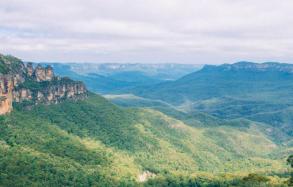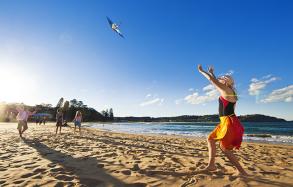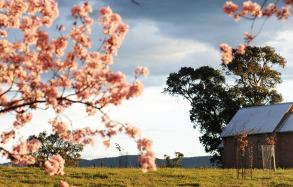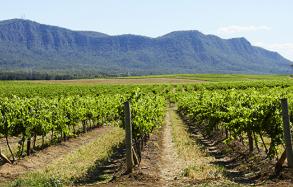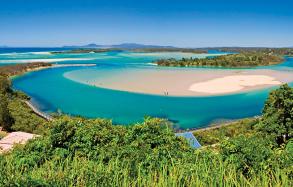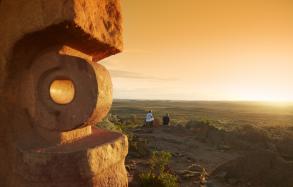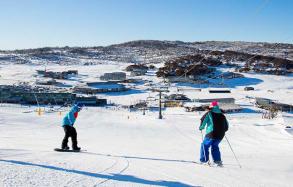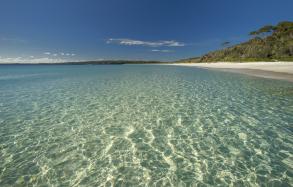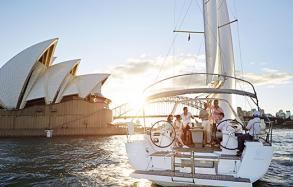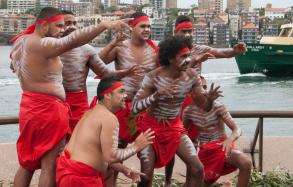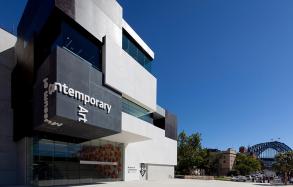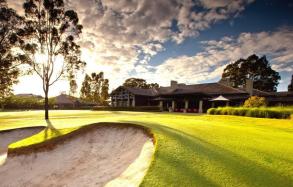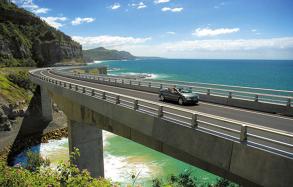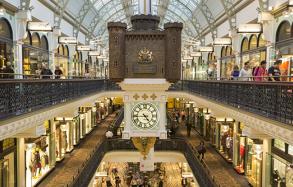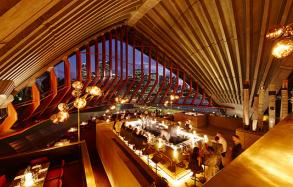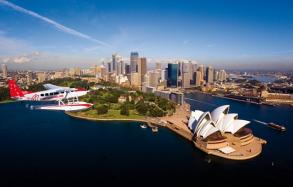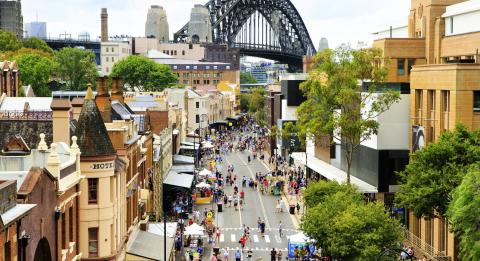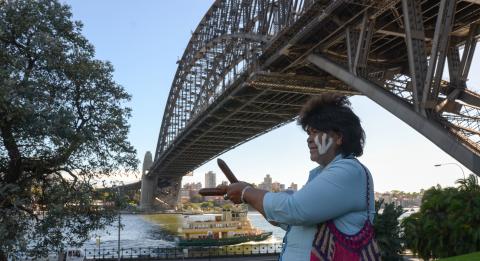History of Sydney
Sydney’s convict history comes to life at World Heritage-listed Hyde Park Barracks museum, near the city’s main shopping area. Heritage tours such as the Tribal Warrior Cruise on Sydney Harbour are popular attractions that give insights into the city’s rich history.
The Rocks Walking Tours reveal the rollicking colonial past of the oldest part of the city; it’s an easy walk from the Sydney Opera House. Visit the Museum of Sydney to see models of ships of the First Fleet. Tour Old Government House, home to 12 early colonial governors, in Parramatta Park, in Sydney’s west.
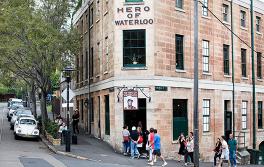

Discover Sydney’s heritage and history
Sydney is named after Lord Sydney, who was British home secretary when Captain Arthur Phillip and the First Fleet arrived in January 1788. In a letter, Phillip described the colony in Sydney Cove as having “the finest harbour in the world” in which “a thousand sail of the line may ride in the most perfect security”.
Aboriginal people have a much longer connection with the harbour, dating back at least 50,000 years before Phillip chose Sydney Cove as the site of Australia’s first penal colony. At the time more than 1,500 Aborigines were living on the foreshore.
The colony’s early years were harsh. After four governors and a military revolt, known as the Rum Rebellion, governor Lachlan Macquarie was put in charge. He restored order and charted a new course for NSW, Australia’s first state, as a free society.
Macquarie was a great builder and visionary. Rivers and lakes, a bank, a university, even a dictionary, are named after him. By the 1830s, Sydney was a busy commercial seaport exporting wool to Europe.
Transportation of convicts from Britain ended in 1840. Gold fever struck in the 1850s; Edward Hammond Hargraves is credited with finding the first payable goldfields near Bathurst, in Country NSW, in February 1851. By the 1870s, Australia’s population had trebled.
Immigration has transformed Sydney into one of the world’s most ethnically diverse cities. More than 180 nationalities call it home. You’ll discover more of Sydney’s past at museums and on heritage and cultural tours, and at the State Library of NSW on Macquarie Street.
